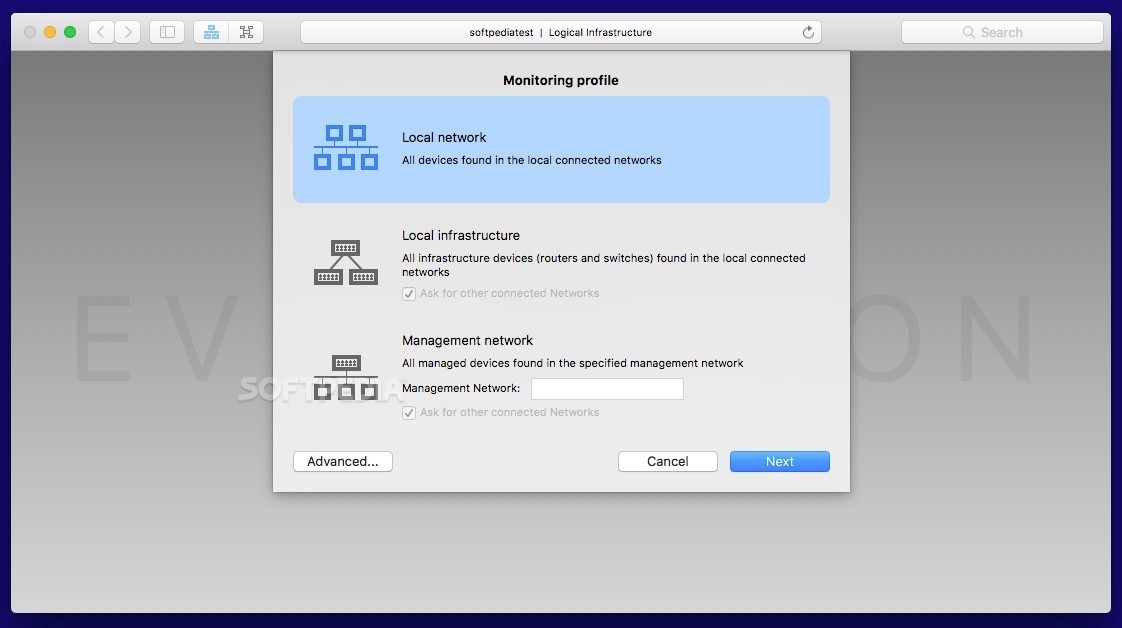

It's important to note that failed network requests won’t be captured until the FullStory script has loaded, and even after the script has loaded, we can only identify failed XHRs (not other request types). Refer to the Status column or click this request to gather more information about what went wrong.

In FullStory, when a bar for a request shows up red, this indicates an error where the request failed. When there are long gaps of space between bars, this means that no requests were taking place at that time, usually because JavaScript or some other process was happening on the page. Note: in FullStory's Network tab view, the timeline adjusts as you scroll down, so a long bar that you see early in your list of requests may not be as nefarious as it seems. When bars are long (from left to right) this means that the request took longer, relatively, than the other requests in view in terms of time to complete, measured in milliseconds. It's common for the browser to have multiple open connections to receive requests in batches, so you may see that you waterfall chart looks like a set of stairs as you scroll down the view. When bars are stacked (aligned on the left-hand-side) this means that the requests started at the same time. Each rectangular bar represents the time for a request to complete. The Network view shows each request for the page on a timeline that looks like a waterfall chart. Note: If you block or exclude elements from capture, the URLs for the assets that are within those elements will appear as "-blocked-" in the Network view in Dev Tools. You may see that requests continue to load in long after the Page Load timing milestone has occurred. For sessions on single page apps, it's common and expected that some navigations between states may not read as new pages in terms of starting a new Network view or waterfall chart.This is helpful for sending along to developers to debug or to pass into other systems for further analysis or reporting. HAR" in the page's Event card to get the contents of the Network view waterfall chart in HAR/JSON format. For any page, you can click "Download.Pages in the Network view will correspond with "Visited Page" navigation events shown in the Event stream. For sessions with multiple pages, use the blue (-) icon to collapse the waterfall chart for a page and the blue (+) icon to open a waterfall chart for a page. When the Network view is open, blue page icons will display on the timeline, to indicate events where the customer opened a new page. In FullStory, a single customer's session may include navigations to multiple pages, but the Network tab and the waterfall chart relate to a single URL- not the whole session. Navigating the Network View for Sessions with Multiple Pages The Network View in FullStoryįrom any session, click Dev Tools > Network to open the Network view for an individual page within a single session. Opening the Network view in FullStory is similar to opening the Network view in common web browsers. Here's a quick look at the Network view in a Google Chrome browser. This is the network view, commonly referred to as a waterfall chart, and it's helpful for understanding how fast a website loads. When you do, you should see all of the requests that make up the page load into view on a timeline. Then, in Developer Tools, navigate to "Network" and re-load the page. In common web browsers like Google Chrome or Firefox, you can "right-click" and then click "Inspect" or "Inspect Element" to open the developer tools in your browser. If you've never checked out the Network view in your own browser before, you should try it! Or to send data back-and-forth between databases or APIs (systems that allow your website to share data with third-party tools). JavaScript (scripts that make the page interactive or send data to other systems).


The Network view allows you to see and analyze the network requests that make up each individual page load within a single user's session.


 0 kommentar(er)
0 kommentar(er)
